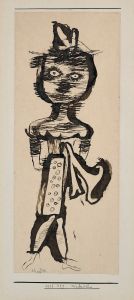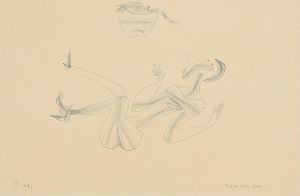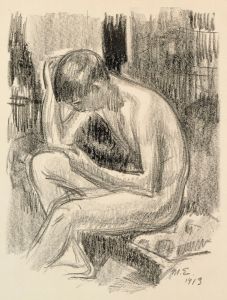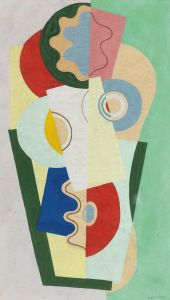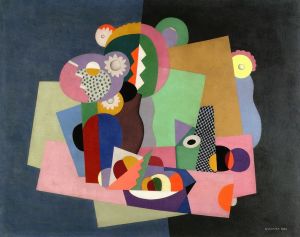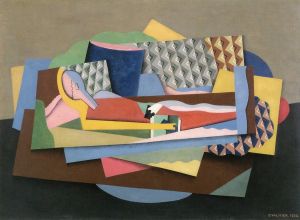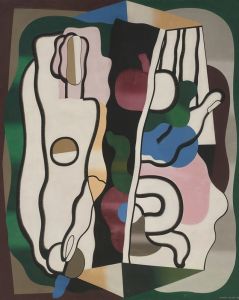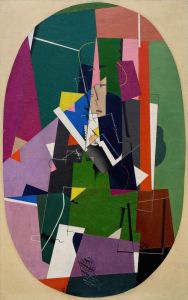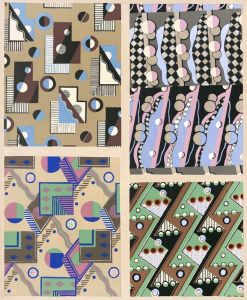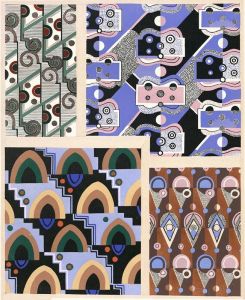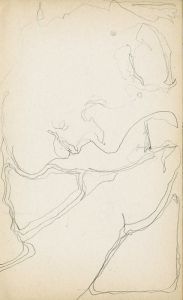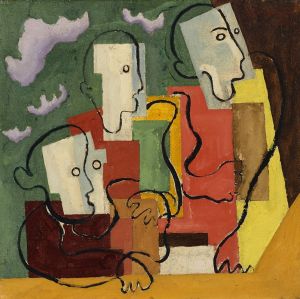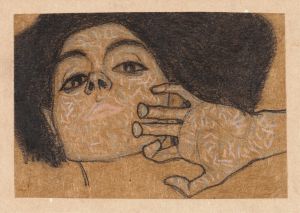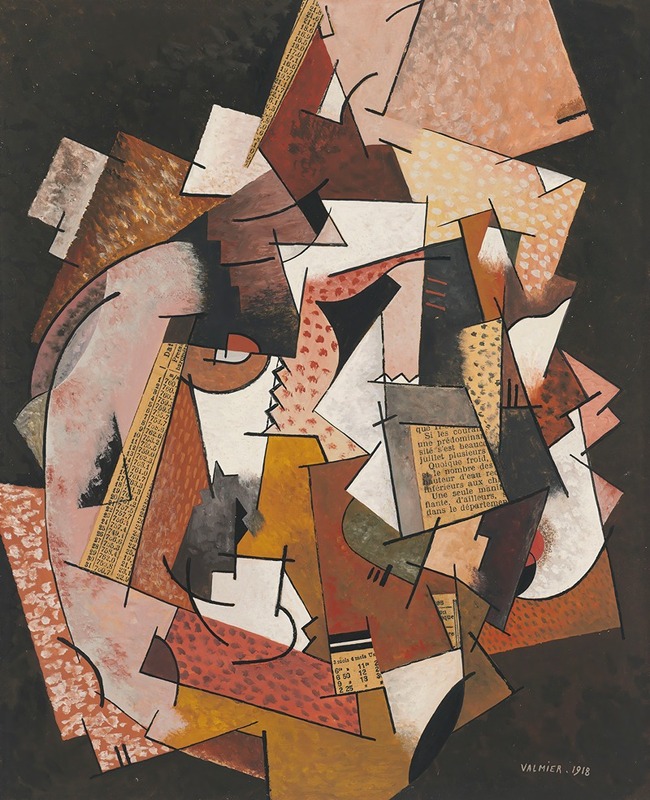
Composition au papier journal
A hand-painted replica of Georges Valmier’s masterpiece Composition au papier journal, meticulously crafted by professional artists to capture the true essence of the original. Each piece is created with museum-quality canvas and rare mineral pigments, carefully painted by experienced artists with delicate brushstrokes and rich, layered colors to perfectly recreate the texture of the original artwork. Unlike machine-printed reproductions, this hand-painted version brings the painting to life, infused with the artist’s emotions and skill in every stroke. Whether for personal collection or home decoration, it instantly elevates the artistic atmosphere of any space.
Georges Valmier was a French painter known for his contributions to the Cubist movement. Born on April 11, 1885, in Angoulême, France, Valmier developed a distinctive style characterized by vibrant colors and geometric forms. His work is often associated with the Cubist movement, which emerged in the early 20th century and was marked by the fragmentation of objects into abstract forms.
One of Valmier's notable works is "Composition au papier journal" (Composition with Newspaper), which exemplifies his approach to Cubism. This painting is a still life that incorporates elements of collage, a technique that became popular among Cubist artists. The use of newspaper in the composition is a hallmark of Synthetic Cubism, a phase of Cubism that involved the introduction of different textures and materials into the artwork, creating a layered and multifaceted visual experience.
In "Composition au papier journal," Valmier employs a combination of painted surfaces and collaged elements to create a dynamic interplay between flatness and depth. The newspaper serves as both a visual and textual element, adding layers of meaning and context to the work. This technique reflects the Cubist interest in breaking down traditional boundaries between different forms of media and exploring the relationship between art and reality.
Valmier's use of color in this composition is particularly noteworthy. He was known for his bold and expressive use of color, which set his work apart from other Cubists who often favored more muted palettes. In "Composition au papier journal," Valmier uses a range of vibrant hues to create a sense of movement and energy, drawing the viewer's eye across the canvas and inviting them to engage with the work on multiple levels.
The painting also demonstrates Valmier's interest in musicality and rhythm, which were recurring themes in his work. He often drew parallels between visual art and music, seeking to create compositions that resonated with the harmony and structure of a musical piece. This is evident in the way he arranges shapes and colors in "Composition au papier journal," creating a sense of balance and cohesion that echoes musical composition.
Georges Valmier's work, including "Composition au papier journal," played a significant role in the development of Cubism and the broader modern art movement. His innovative use of color, form, and mixed media techniques contributed to the evolution of abstract art in the 20th century. Valmier continued to explore these themes throughout his career until his death on March 25, 1937, in Paris, leaving behind a legacy of vibrant and influential works that continue to be celebrated for their originality and impact on the art world.





